Discover the wonderful world of yarn balls as we unravel the various types, textures, and characteristics that make each one unique and perfect for your next knitting or crochet project.
As a yarn enthusiast, you know that choosing the right type of yarn can make all the difference in your project. But have you ever stopped to consider the different types of yarn balls? From center-pull to pull-skein, there are various options available that can affect how smoothly your project goes.
In this article, we’ll explore the different types of yarn balls and their benefits and drawbacks. So grab your hooks and needles, and let’s dive into the world of yarn ball types!
Yarn Ball Types
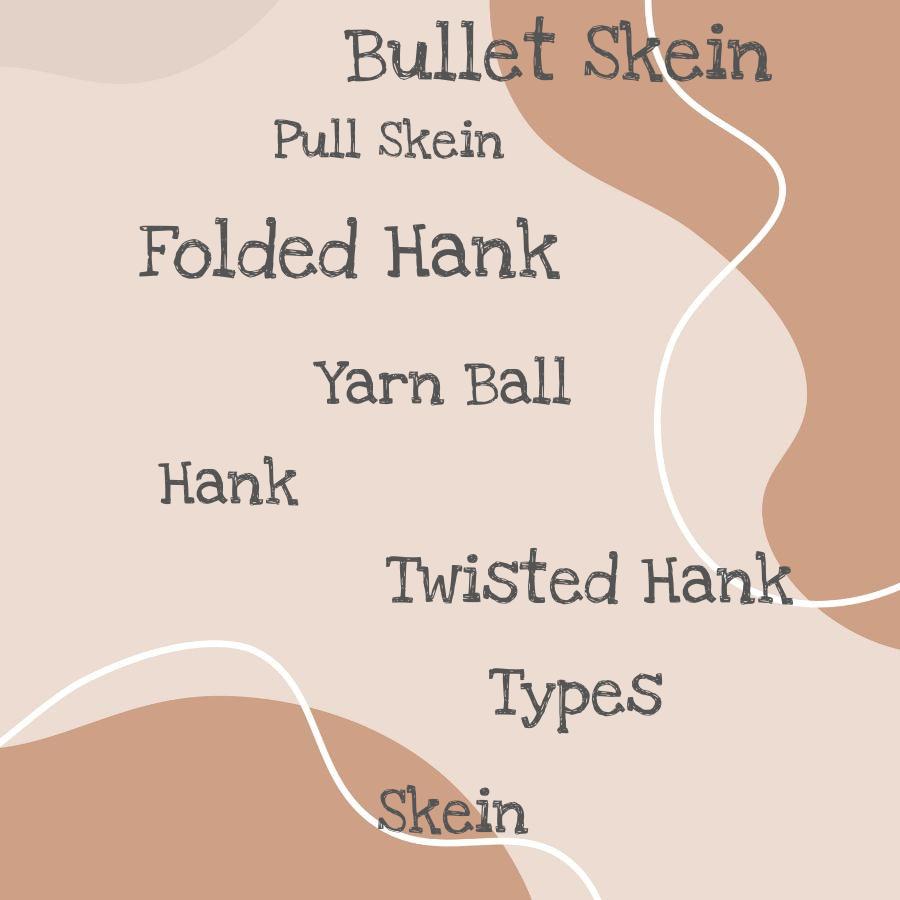
When it comes to yarn balls, there are many different types to choose from. Each type has its own unique characteristics that can affect how easy or difficult your project is to work with.
Let’s take a closer look at some of the most common types of yarn balls.
First up is the hank, which is essentially a long loop of yarn that has been twisted into itself. Hanks are often used for hand-dyed or specialty yarns and need to be wound into another type of ball before use.
Next, we have skeins which come in two main varieties: pull-skein and bullet skein. Pull-skeins have an end sticking out from one side while bullet skeins do not – both require winding before use.
Balls are another popular option for storing and using your yarn – they’re compact and easy-to-use but may roll around as you work on them! Cakes offer similar benefits but tend to sit more securely due their flat bottom shape.
Cones provide large amounts of continuous thread perfect for industrial knitting machines or larger projects like blankets.
HANK
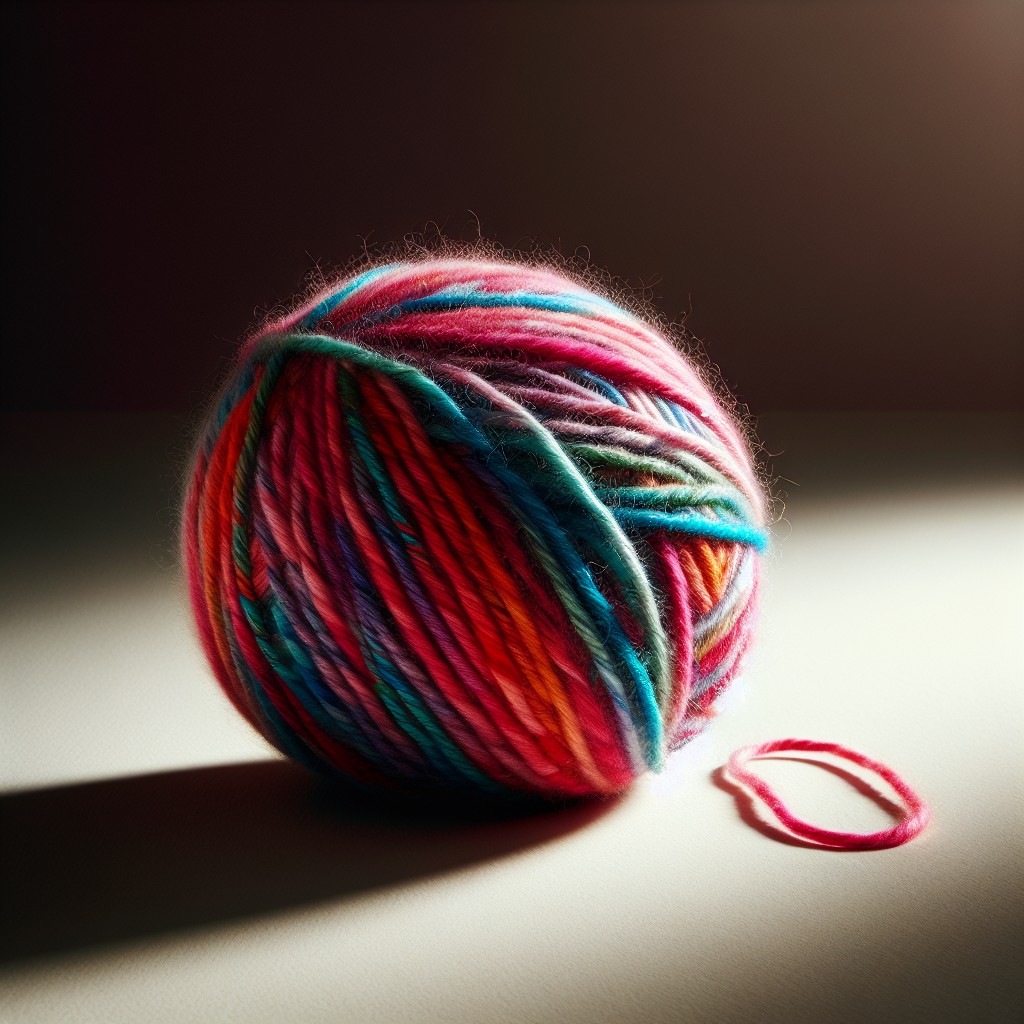
It’s usually sold wound into an oblong shape and tied in several places to keep it from tangling. Hanks are often used for hand-dyed or specialty yarns because they allow the dye to penetrate evenly throughout the fibers.
To use hanks, you’ll need to wind them into balls before starting your project. This can be done by using a swift (a tool that holds the hank while you wind) and a ball winder (a machine that winds it up).
Alternatively, you can wrap it around your hands or another object until it forms a ball.
One advantage of using hanks is that they’re easy to store since they take up less space than other types of yarn balls like skeins or cones. However, if not wound properly before use, hanks can easily become tangled and frustratingly difficult to work with.
Choosing between different types of yarn balls depends on personal preference as well as what works best for each individual project.
FOLDED HANK
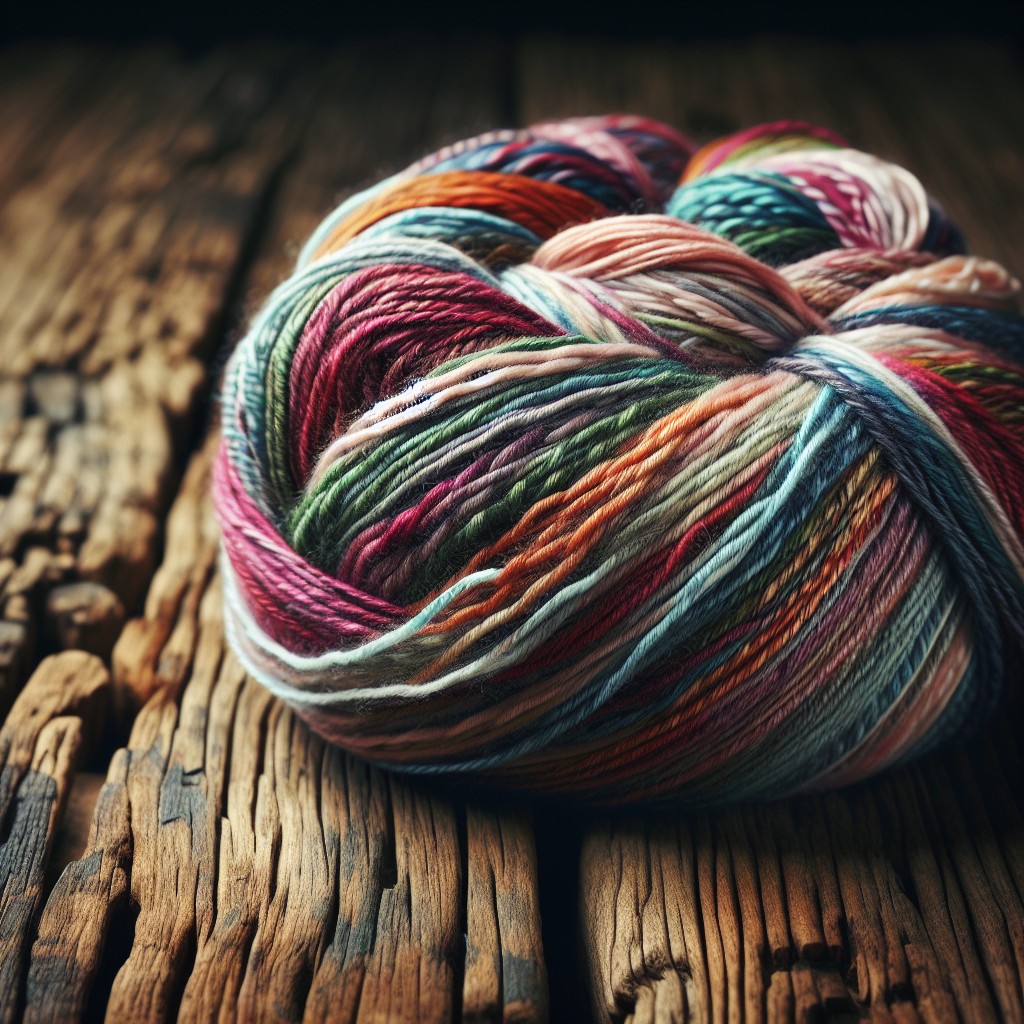
This creates a loop at the top, making it easy to store and transport. When you’re ready to use the yarn, simply untie the knot at the top and unfold it into a long loop.
One benefit of using folded hanks is that they take up less space than traditional skeins or balls. They are also easier to handle since they don’t roll around like balls do.
However, one drawback of using folded hanks is that they can be more difficult to wind into usable balls or cakes without tangling. You may need some extra patience when working with this type of yarn ball.
TWISTED HANK
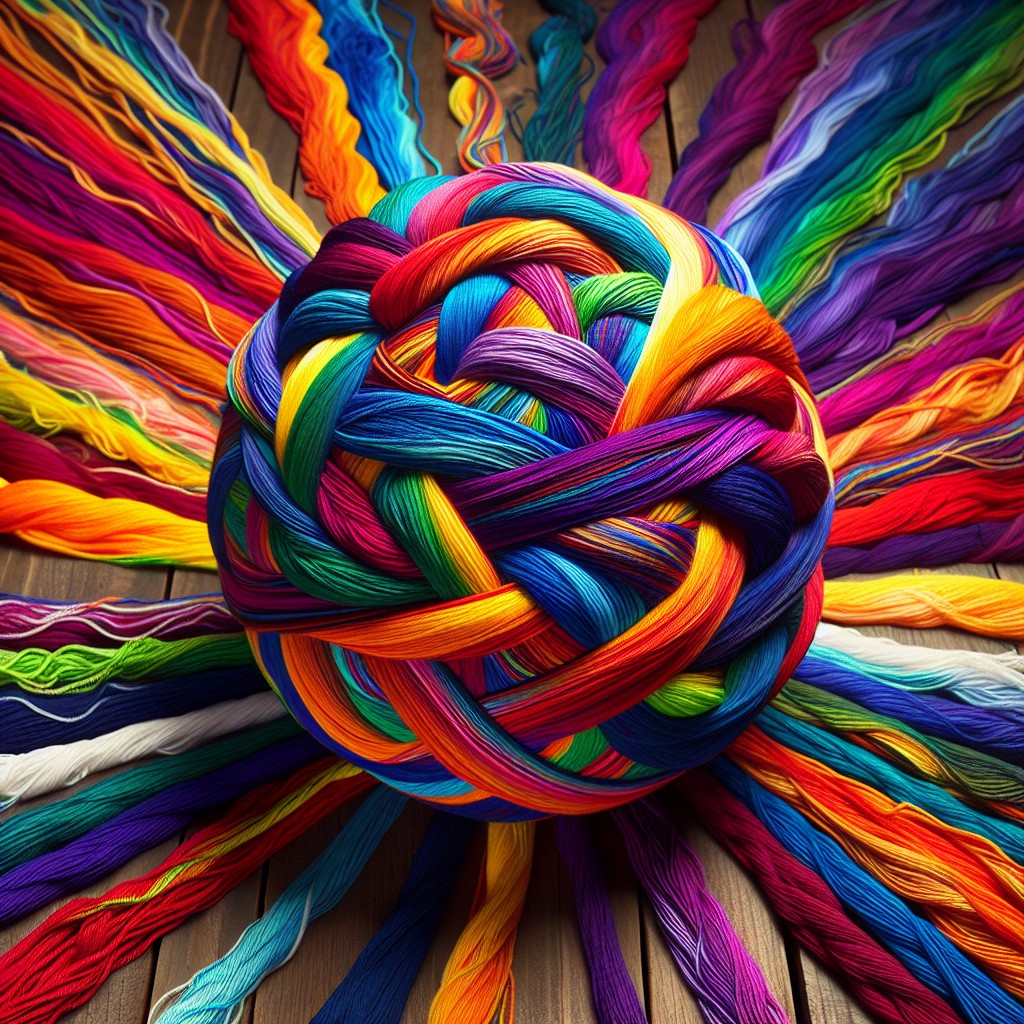
This type of yarn ball can be challenging to work with, as the twists can cause the yarn to tangle easily. However, once you get past this initial hurdle, working with a twisted hank can be very rewarding.
One benefit of using a twisted hank is that it allows you to see all the colors in your project at once. This makes it easier for you to plan out your color scheme and make sure everything matches up perfectly.
To use a twisted hank, start by untying one end and carefully untwisting the loops until they are straightened out. Then wind them into balls or cakes before starting on your project.
SKEIN
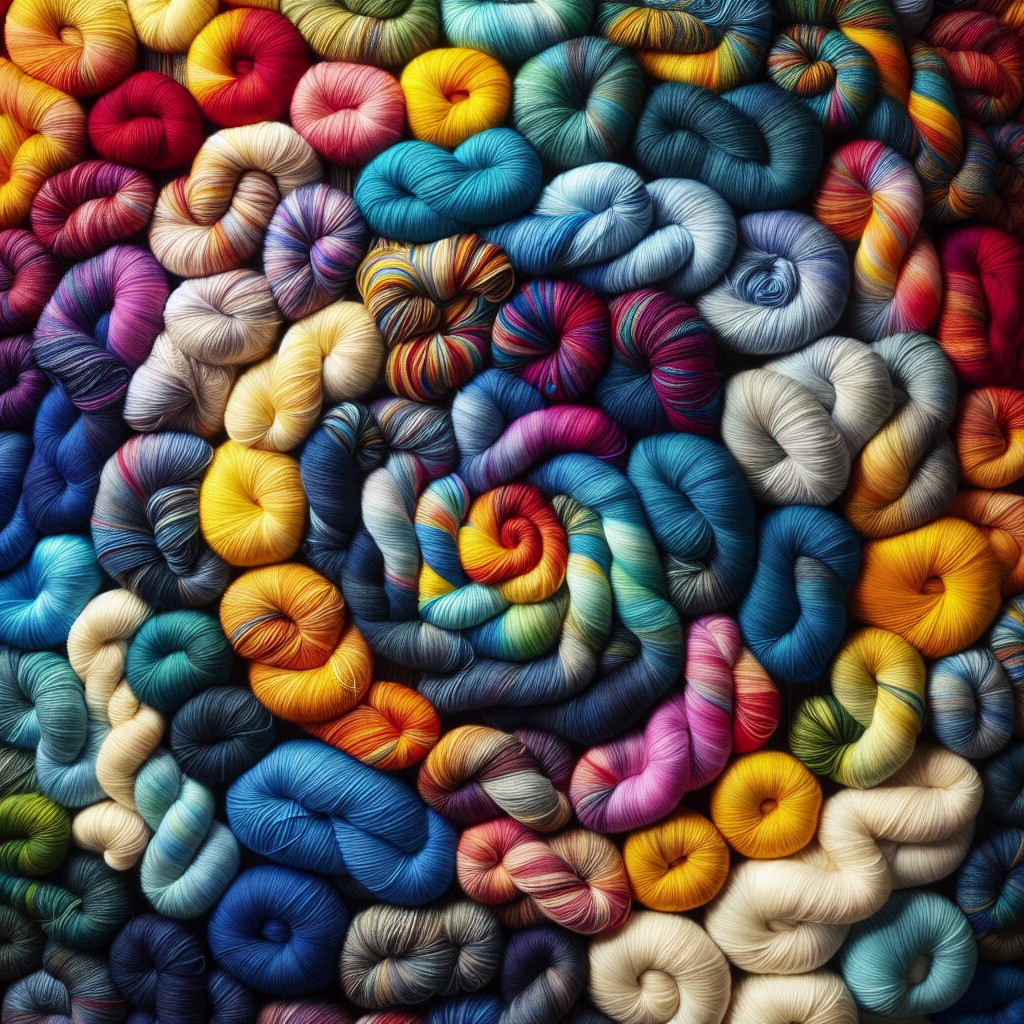
It’s a long, loose coil that can be easily wound into a ball or cake shape. Skeins are typically sold in hanks and require winding before use to prevent tangling.
One advantage of skeins is that they allow you to see the entire length and color sequence of the yarn before purchasing it. This makes it easier to plan your project and ensure you have enough yarn for your desired outcome.
However, working with skeins can be tricky if not properly prepared beforehand. If you don’t wind them correctly, they may tangle or knot while knitting or crocheting – which could lead to frustration during your crafting process.
To avoid this issue, invest in a swift (a tool used for holding skeins) and winder (a device used for winding up yarn). These tools will make preparing your skein much easier by keeping tension on the strand as it’s being wound into its new form.
PULL SKEIN
It’s easy to use and store because you can pull the yarn from the center without having to unwind it first. This type of ball is perfect for beginners who are just starting with knitting or crochet projects.
To create a pull skein, manufacturers wind the yarn around itself in an oblong shape until they reach their desired weight. They then tie off both ends and leave one end loose so that you can easily find it when you’re ready to start your project.
One thing to keep in mind when using this type of ball is that if not wound correctly, it may tangle while being used which could be frustrating for any crafter.
BULLET SKEIN
It’s created by winding the yarn around a cylindrical object and then tying it off at both ends. This type of skein is perfect for those who want to avoid tangles or knots while working on their project.
One advantage of using bullet skeins is that they are easy to store and transport. They take up less space than other types of yarn balls, making them ideal for knitters or crocheters who like to work on-the-go.
However, one potential drawback with this type of skein is that it can be difficult to find the end when you first start working with it since there isn’t an obvious starting point like in pull-skeins or donut balls. But once you do locate the end, knitting or crocheting from this type of ball should be smooth sailing!
BALL
It’s easy to use and store, making it a popular choice for beginners and experienced crafters alike. The yarn is wound into a round shape that resembles a small sphere, with one end tucked neatly into the center.
One advantage of using this type of yarn ball is that it doesn’t tangle easily since there are no loose ends or strands sticking out. This makes it perfect for traveling or taking your project on-the-go.
However, some downsides to using this type of yarn ball include its tendency to roll around while you’re working with it and its limited amount compared to other types like skeins or hanks.
CAKE
They are named after their shape, which resembles a cake or pastry. These types of yarn balls come in various sizes and colors, making them perfect for creating unique and colorful projects.
One significant advantage of using cake yarn is that it allows you to create beautiful color transitions without having to switch between different skeins manually. The gradual color changes make your project look more polished and professional.
Another benefit is that they’re easy to use since you can pull from the center or outside edge depending on your preference. This feature makes them ideal for beginners who may struggle with tangled skeins.
However, one drawback is that they tend not to be as tightly wound as other types of balls like hanks or twisted hanks; this means there’s an increased risk of tangling if not handled carefully during use.
DONUT BALL
They have a hole in the middle that allows you to pull the yarn from the center instead of having to unravel it from the outside. This makes them ideal for projects where you need to switch colors frequently or when working with multiple strands at once.
One advantage of donut balls is their stability; they won’t roll around like other types of yarn balls can. Plus, they’re compact and take up less space than other types of skeins or hanks.
To create your own donut ball, start by winding your skein into a loose coil around two fingers until it’s about 3-4 inches wide. Then slide it off your fingers and wrap another strand tightly around its middle several times before tying off securely with knots on both ends.
HARD CORE BALL
This type of yarn ball is great for those who prefer their yarn to be more compact and less likely to unravel while working on their project. Hard core balls are also ideal for storing your leftover yarn as they can easily stack on top of each other without taking up too much space.
One thing to keep in mind when using hard core balls is that the center may not always be perfectly round, which can cause some tension issues while knitting or crocheting. However, this can easily be remedied by winding the outer layer into a separate ball before starting your project.
CONE
It’s typically larger than other types of yarn balls and has a conical shape, hence the name. Cones are perfect for machine knitting or weaving projects as they can hold large amounts of yarn without needing to be changed frequently.
While cones may not be the most practical option for smaller-scale projects, they do have their benefits. For one, buying in bulk can save you money in the long run if you’re planning on working on larger projects or selling your finished products.
If you’re new to using cones, keep in mind that they require special equipment such as a cone holder or stand to prevent them from rolling around while being used. Because cones are designed with industrial use in mind, some may find them less soft and comfortable compared to other types of yarn balls meant specifically for hand-knitting or crocheting.
Yarn Ball
However, a yarn ball refers specifically to a round-shaped bundle of yarn that has been wound by hand or machine into a compact shape. Yarn balls come in various sizes and can be made from different types of fibers such as wool, cotton, acrylics and more.
One advantage of using yarn balls is that they are easy to store and transport compared to other forms like hanks or skeins which can easily tangle if not handled properly. Some crafters prefer working with pre-wound balls because they don’t have the hassle of winding their own.
There are several ways you can create your own custom-made yarn ball at home using tools such as a swift (a device for holding skeins while winding) and winder (a tool for creating center-pull cakes). Alternatively, you could purchase pre-wound balls from your local craft store.
Classic Pull Skein
It’s made by winding the yarn into a cylindrical shape, with one end pulled out slightly for easy access. The center-pull design allows you to easily find the starting point of your project without having to dig through layers of yarn.
One benefit of using a classic pull skein is that it can be used in various ways depending on your preference. You can either use it as-is or wind it into a ball if you prefer working from the outside instead.
However, one drawback to this type of yarn ball is that if not wound properly, it may tangle easily while working on your project which could lead to frustration and wasted time trying to untangle knots.
Bullet Skein
It’s also known as an oblong or torpedo-shaped skein. This type of yarn ball is wound tightly and compactly, making it easy to store and transport.
One advantage of the bullet skein is that it doesn’t tangle easily since the strands are kept close together. However, when you’re ready to use this type of yarn ball for your project, you’ll need to unwind it carefully so as not to create any knots or snarls.
Another benefit of using a bullet skein is that they often come in larger yardage than other types such as pull-skeins or donut balls. This makes them ideal for bigger projects like blankets or sweaters where you need more yardage without having too many joins in your work.
Donut Ball
It gets its name from its shape, which resembles a donut or bagel. The center of the ball is hollow, making it easy to pull the yarn from the middle without having to unwind it first.
One advantage of using a donut ball is that you can easily see how much yarn you have left as you work on your project. This makes it easier to estimate whether or not you’ll have enough for your entire project and plan accordingly.
Another benefit of using this type of yarn ball is that they are often wound more tightly than other types, which means they take up less space in storage and are less likely to unravel accidentally.
Twisted Hank
It’s created by twisting the skein into a figure-eight shape, then tying it in several places to keep it from tangling. The result is an eye-catching display of colors and textures that can make any project stand out.
However, working with a twisted hank requires some patience and skill. If you’re not careful when unraveling the twists, you could end up with knots or tangles that are difficult to undo.
To avoid this problem, many knitters prefer to wind their twisted hanks into balls before starting their projects.
Despite its challenges, the twisted hank remains popular among yarn enthusiasts for its unique appearance and versatility in different types of projects such as shawls or scarves where color changes are desired without having too many ends to weave in later on.
Yarn Cake
It gets its name from its resemblance to an actual cake, with layers that can be easily pulled from the center as you work on your project. Yarn cakes are great for larger projects because they hold more yarn than traditional balls or skeins and allow for uninterrupted stitching without having to stop and untangle the yarn.
One of the benefits of using a yarn cake is that it creates fewer tangles compared to other types of balls or skeins since there’s no need to pull out yards upon yards before finding where you left off in your last session. Many crafters find them easier to store since they take up less space than traditional balls or skeins.
When working with a new colorway in particular, starting at either end will give you two different looks as each layer changes colors differently throughout the length of each strand.
Yarn Swift 101 Video Tutorial
A yarn swift is a tool used to hold skeins or hanks of yarn while winding them into balls or cakes. It helps keep the tension even and prevents tangles.
While it may seem intimidating at first, using a yarn swift can actually make your crafting process much smoother and more enjoyable. And luckily, there are plenty of resources available online to help you learn how to use one.
One great resource for beginners is the Yarn Swift 101 video tutorial on YouTube. This tutorial walks through all the basics of using a swift, from setting it up correctly to winding your first ball of yarn.
So if you’re ready to take your knitting or crochet game up a notch and start working with hanks instead of skeins or balls, check out this helpful video tutorial!.
FAQ
What are balls of yarn called?
A skein of yarn is the term for a cylindrical-shaped ball of yarn, which can be pulled from either the outside or the inside.
Why isn t yarn sold in balls?
Yarn is primarily sold in hanks rather than balls because hanks travel more reliably, reducing the risk of tangling, and help maintain the fiber’s quality by preventing tension during storage.
What are the different types of skein?
Answer: The different types of skein include bullet, pull-skein, and the common skein found in stores, which is similar to the bullet skein but shorter than the pull-skein and wrapped with a label.
What is the difference between a hank and a skein?
Answer: The difference between a hank and a skein is that a skein is typically 1/6th of a hank and comes in various lengths depending on the material, such as stranded cotton (8.25 yards), tapestry wool (10 yards), or crewel wool (33 yards).
How do yarn ball shapes affect their usage in knitting and crochet projects?
"Yarn ball shapes affect their usage in knitting and crochet projects by influencing the ease of pulling the yarn and potentially causing tangles."
What is the process of transforming a hank or skein into a yarn ball?
The process of transforming a hank or skein into a yarn ball involves unwinding the hank or skein and carefully winding the yarn into a neat and organized ball for convenient use.
How can the weight and material of yarn affect the choice between different yarn ball types?
The weight and material of yarn can influence the selection of different yarn ball types because they determine the overall feel, structure, and usage requirements of the final product.




